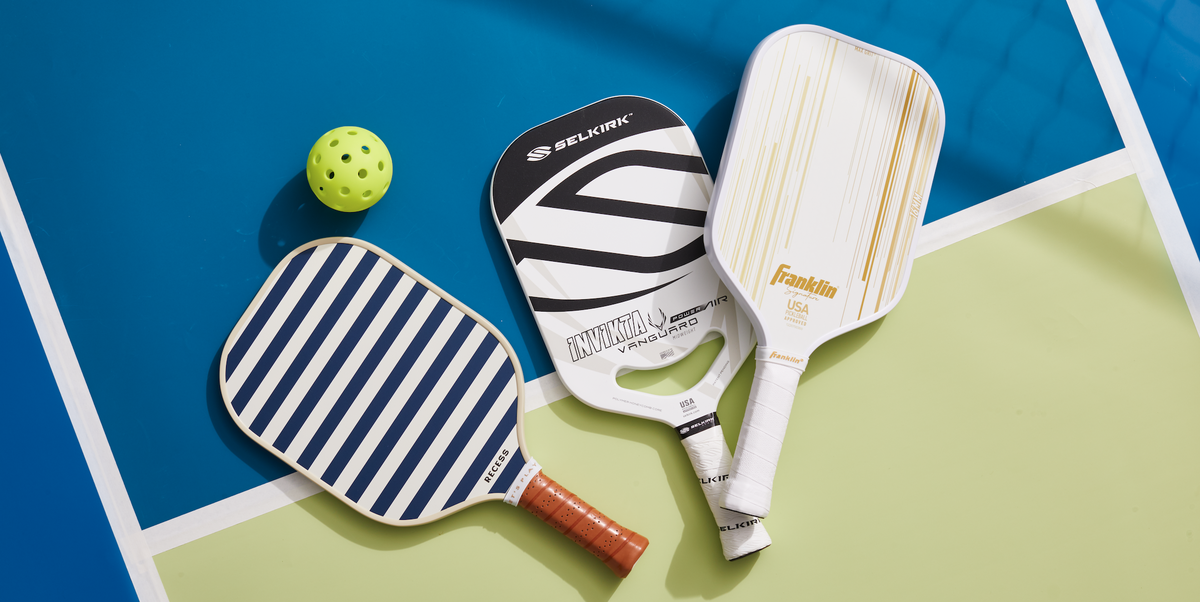
Soccer is a team sport played by 11 players. The goal of the game is scoring goals by moving the ball across the goal-line and into the rectangular-framed goal that the opposing team defends. The match is played in two 45-minute halves for a total of 90 minutes.
The Football Association of England drafted the first rules of soccer back in 1863. The sport is now governed by FIFA, with 17 laws that are applicable to all levels of competition.
A number of guidelines and regulations govern the sport, in addition to the Laws of the Game. Included in this are the red card and the penalty kick.
* Offside: An infraction that is called by the referee when a player attacking is in the half of the field of his opponent and is closer to the goal than the ball. A goal is not usually possible from offside.
The offending player is shown a yellow card by the head referee. A first offence may result in a red. Second offence will result in expulsion and no replacement.

If the match is tied after extra-time, each team scores from its own penalty spot in order to determine the winning team. The first player to score is the winner.
Soccer is a sport where the objective is to score more goals than your opponent. A goal can be achieved through corner kicks and free kicks as well as field goals.
The typical soccer match is divided into two halves of 45 minutes each, with the goal for each team being changed at half-time. The goalkeeper’s role is to defend the goals from incoming attackers.
The soccer ball, or football, is a lightweight synthetic material. The ball is made with a black and white pattern to make it more visible in conditions such as snow or water repellent.
It's also a better option than leather balls, and it tends to have more consistency in its flight and bounce. The ball is used in professional matches as well as amateur tournaments, leagues and other competitions around the world.
There are several variations of the sport and many different strategies that coaches and managers use. Following are some examples.

Possession: A strategy that emphasizes controlling the ball to the maximum extent possible. This can be done by sending long passes or crossings over the middle of the field to a player who can run on them and score.
Long Ball: A simple tactic requiring a quick striker, and accurate defenders. This strategy helps to control the pace of the match.
There are many soccer events and competitions throughout the year. The most famous of these is the FIFA World Cup, which attracts billions of fans and spectators every four years.
FAQ
How can I get started in fitness?
Start small. You can start by taking 10 minutes each week to walk around the block. This will allow you to learn the basic movements and give your body time to adjust to the new routine. Once you've mastered this simple form of exercise, try adding more steps to your daily routine.
Can I eat while I exercise?
Yes. Yes. Make sure you choose low-calorie snacks such as watermelon, carrots, celery, apples, bananas, and grapes. These foods provide nutrients that improve your performance during exercise.
Exercise can I make my body gain weight?
Not at all. Exercising can help you maintain your current weight. When you work out regularly, you'll build muscles and increase your metabolism, helping you burn more calories throughout the day. This will mean that your body won't store as many calories.
How does caffeine impact my sleep?
Caffeine has a significant impact on how fast you fall asleep and how deep you sleep. Caffeine is known to cause drowsiness. This makes falling asleep easier. Caffeine keeps you awake for longer periods of time, making it difficult to fall asleep again. If you drink coffee or energy drinks right before bedtime, try drinking them later in the evening instead.
Statistics
- In 2018, the World Health Assembly agreed on a global target to reduce physical inactivity by 15% by 2030 and align with the Sustainable Development Goals. (who.int)
- Adolescent girls were less active than adolescent boys, with 85% vs. 78% not meeting WHO recommendations of at least 60 minutes of moderate to vigorous intensity physical activity per day. (who.int)
- Physical activity confers the following maternal and fetal health benefits: a decreased risk of pre-eclampsia, gestational hypertension, gestational diabetes (for example, 30% reduction in risk) (who.int)
- One study showed that adults who watch more than 4 hours of television daily had an 80% higher risk of death from cardiovascular disease. (heart.org)
External Links
How To
How to Stay Fit While Pregnant
You experience many changes during pregnancy. Because you are carrying a baby, your metabolism slows down and you eat less. If you don't get enough rest, you might feel sick. You don't have to be sick to enjoy this moment in your life. There are ways you can make sure you stay healthy!
First, consult your doctor before you begin any exercise program. They can tell you what exercises you should avoid and which ones are safe for you to do. You should also eat healthy throughout your pregnancy. This includes eating lots of iron, fiber, protein, and fiber. Third, make sure to drink plenty of fluids. Water is particularly important when exercising, as sweat can lead to a loss of fluids. Finally, take care of your feet. You should always keep your feet dry, and wear shoes that provide support. You should eat breakfast if you are suffering from morning sickness. You might end up feeling nauseated.
-
Eat Well. A healthy diet is vital throughout pregnancy.
-
Keep active. Get active for at least 30 minutes each day.
-
Keep a healthy weight You can lose weight by eating smaller meals and snacks more often.
-
Get enough rest. Sleep should be at least 7 hours each night.
-
Manage Stress. Learn relaxation techniques.
-
Avoid Alcohol. It may cause miscarriage and birth defects.
-
Be gentle with yourself. Do not push yourself too much.
-
Take care of yourself. You can have someone look in on you if necessary.
-
Relax. Do things that bring you joy.